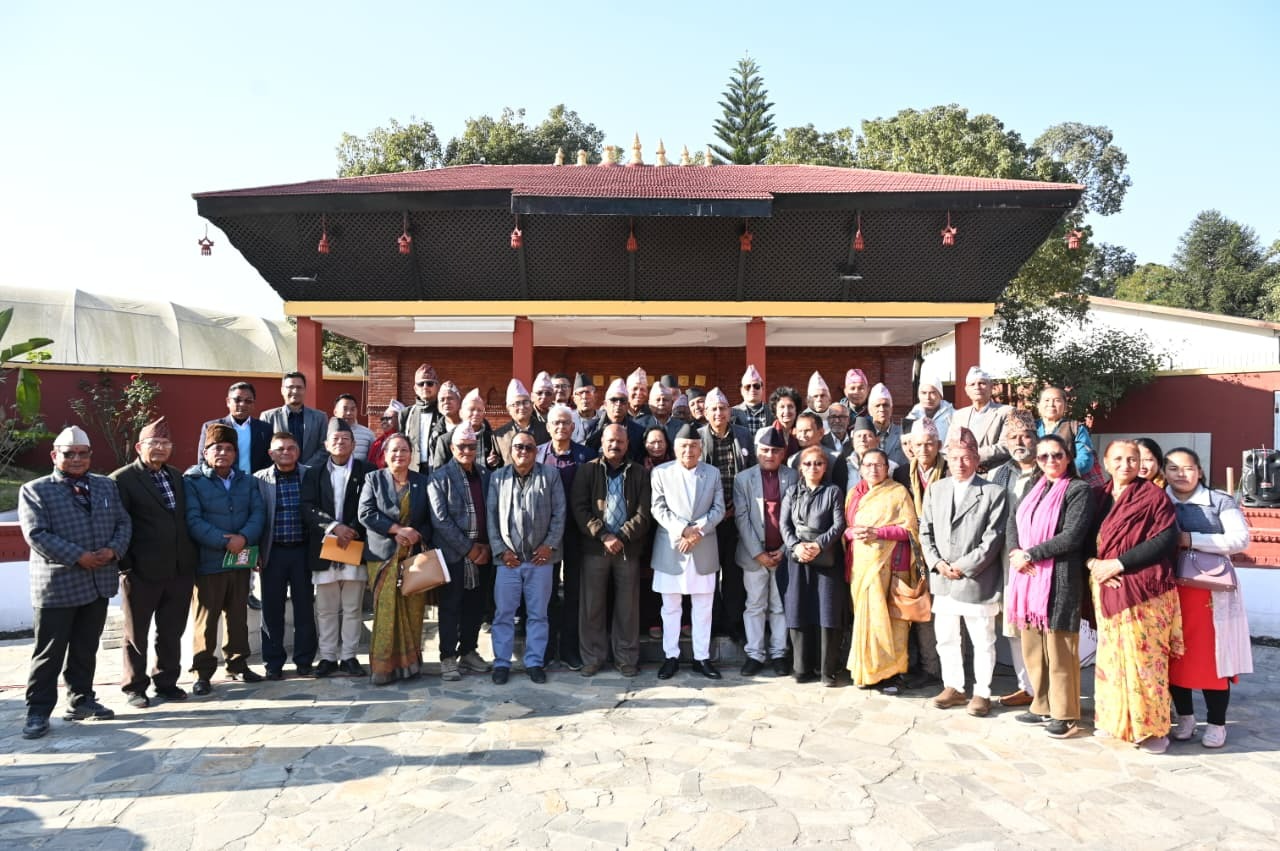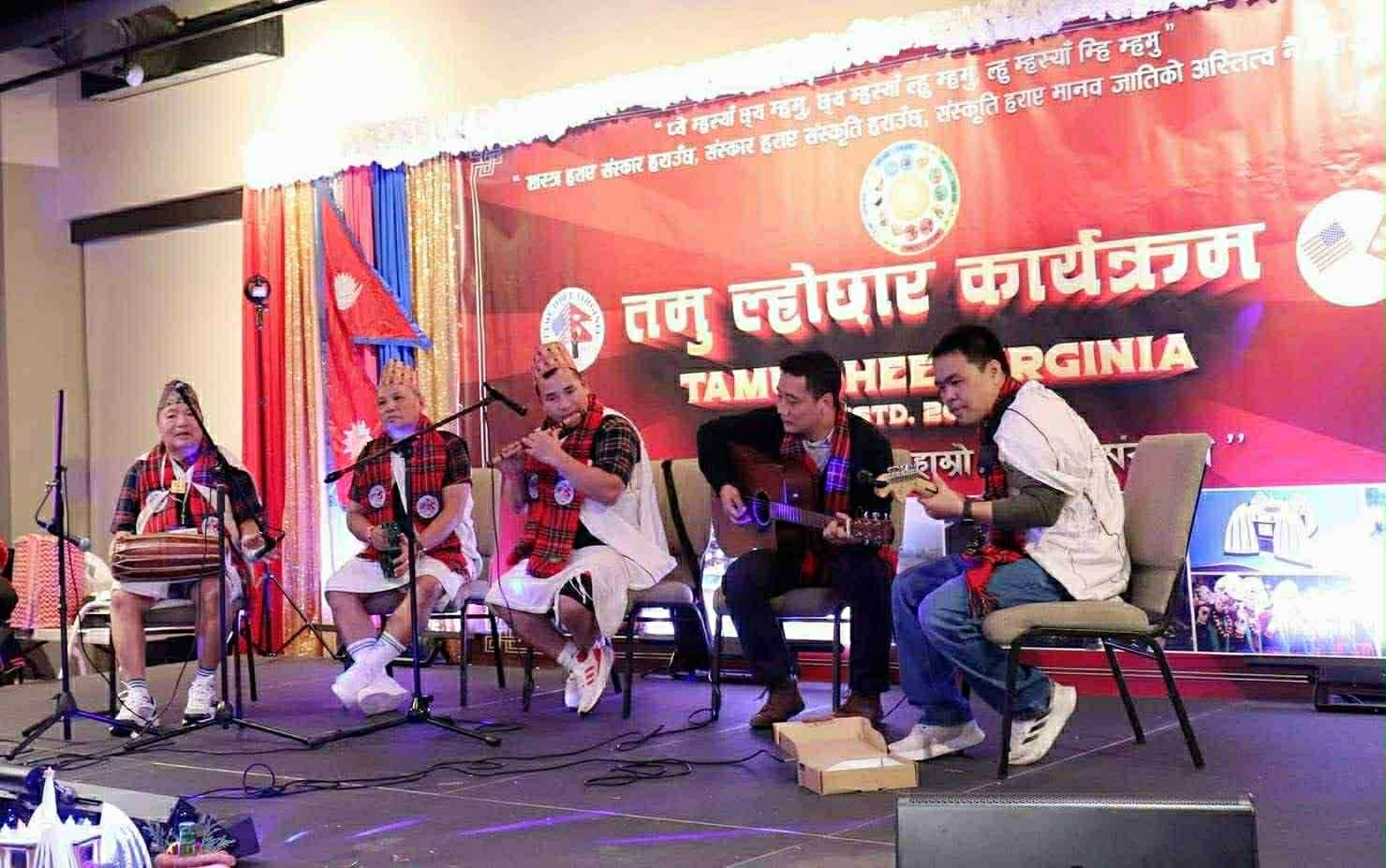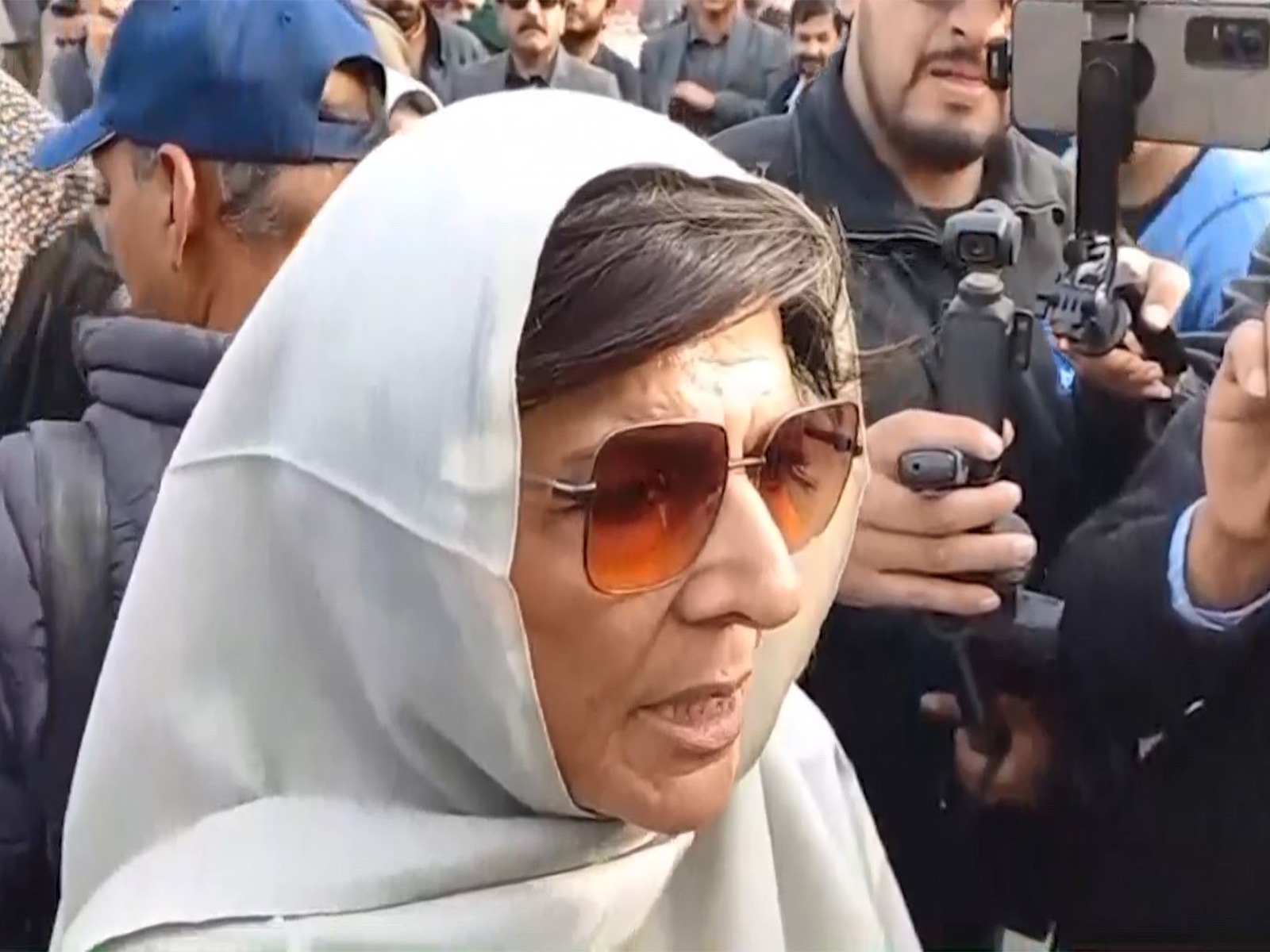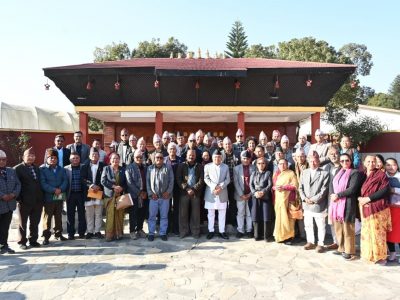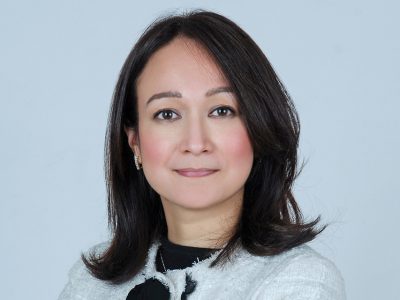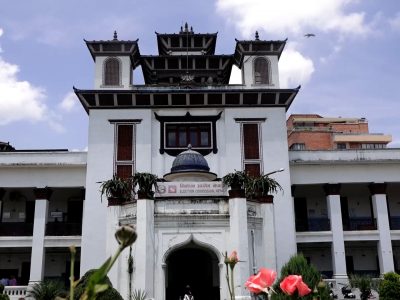Crossing Cultures, Building Bridges: A Japanese Educator’s Reflection on Collaborative Learning in Nepal
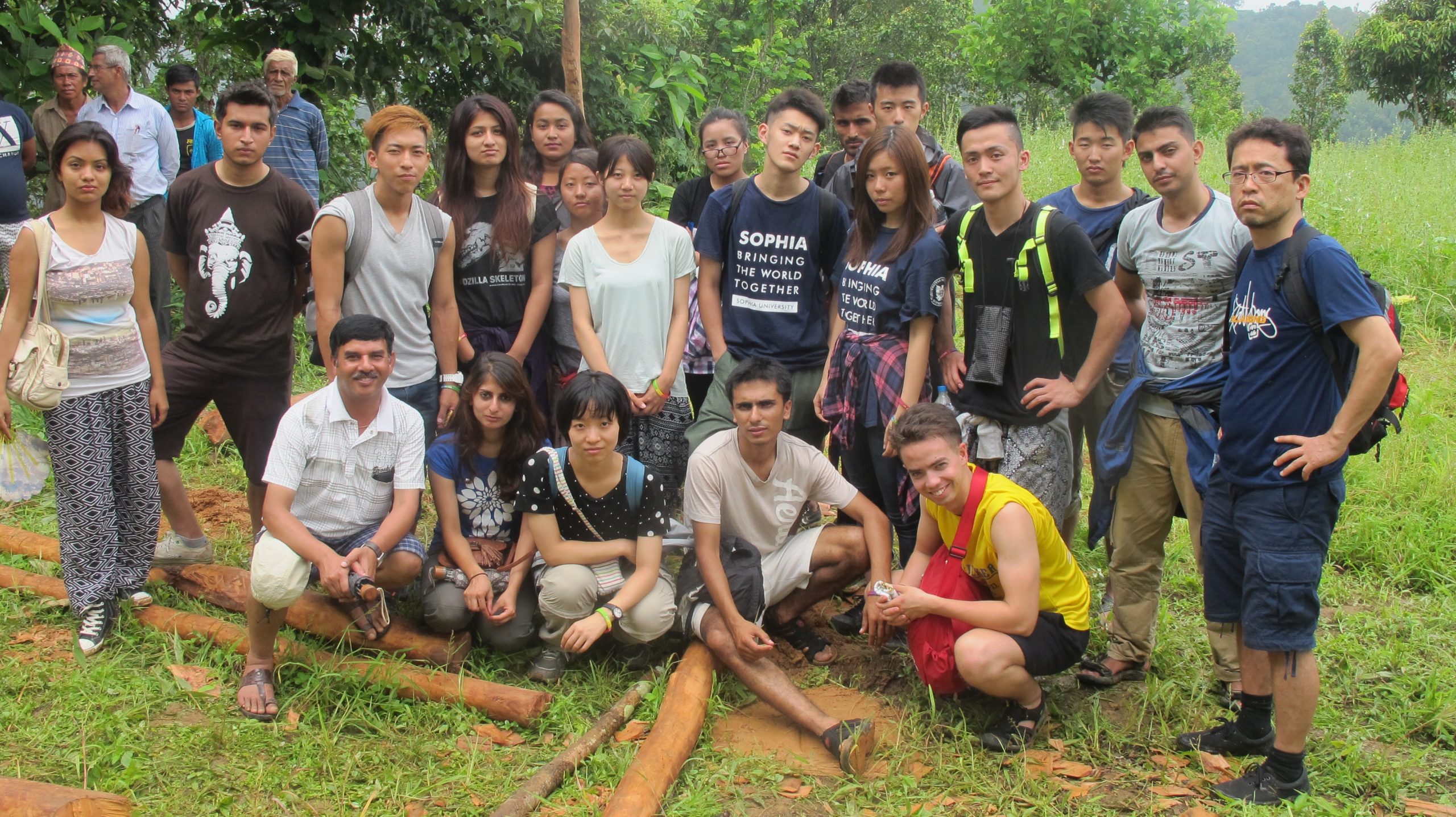
In 2008, when Japan was caught up in a national frenzy about “developing global human resources,” the mainstream interpretation of that phrase was disappointingly narrow. Many people believed that being globally competent simply meant being able to speak English. I found this notion deeply inadequate. Observing Japan’s aging population and declining birthrate, I foresaw a future in which Japan would rely more on workers and neighbors from South and Southeast Asia, especially Nepal and Vietnam, because of our cultural and interpersonal affinity. It became clear to me that what Japan truly needed was not just global professionals, but individuals capable of living and learning together with people of different cultures.
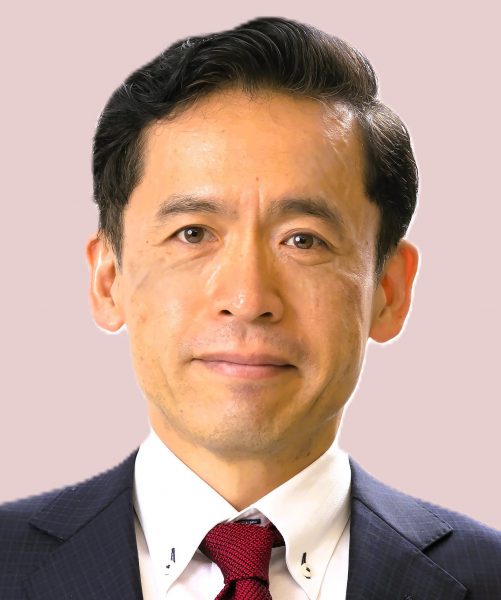 I saw this situation and realized that waiting for change would not help — I had to act myself. That conviction led me to begin collaborative activities with students in Nepal in 2008. To clarify the skills truly needed for global human development, I created the “Global Human Resource Development Can-do List” — a practical compass for real-world education. It presents a five-stage framework, beginning with recognizing shared human concerns and developing inclusive thinking. As students progress, they build knowledge about global issues, learn to value diverse perspectives, and cultivate the skills for dialogue and collaboration. The final stage emphasizes authentic intercultural engagement rooted in empathy and mutual respect. This list became a foundational guide for designing educational programs that go beyond knowledge acquisition, fostering wisdom, adaptability, and global responsibility.
I saw this situation and realized that waiting for change would not help — I had to act myself. That conviction led me to begin collaborative activities with students in Nepal in 2008. To clarify the skills truly needed for global human development, I created the “Global Human Resource Development Can-do List” — a practical compass for real-world education. It presents a five-stage framework, beginning with recognizing shared human concerns and developing inclusive thinking. As students progress, they build knowledge about global issues, learn to value diverse perspectives, and cultivate the skills for dialogue and collaboration. The final stage emphasizes authentic intercultural engagement rooted in empathy and mutual respect. This list became a foundational guide for designing educational programs that go beyond knowledge acquisition, fostering wisdom, adaptability, and global responsibility.
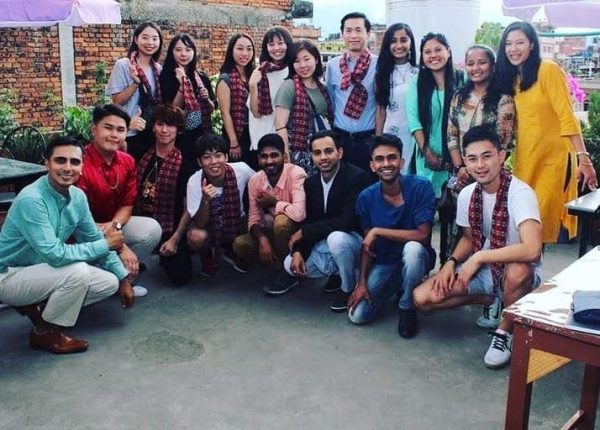
What started as international exchange activities quickly evolved into something deeper. Over time, I observed that students from Nepal and Japan were not just exchanging ideas or learning about each other’s cultures — they were learning with and from one another. The conventional term “exchange” failed to capture the depth of this mutual engagement. I began referring to this approach as multicultural collaborative learning — a concept that expresses the idea of learning together across cultures, through mutual respect and shared discovery.
Nepal, as I came to appreciate more and more, is inherently a multicultural society — rich in ethnicities, languages, and religious traditions. My deepening interest in the cultural richness of Nepalese hearts and minds led me to spend over a year living in Nepal, closely observing everyday life and deepening my understanding of the people and their values. The diversity among Nepalese students was not only remarkable, but transformative for my own perspective. It helped me realize that Japanese students, too, came from diverse cultural and personal backgrounds. While Japan may be perceived as homogeneous, a closer look reveals that its youth bring a range of identities shaped by family, region, religion, and personal experience. This realization led me to shift away from the outdated term “international exchange” and embrace “multicultural learning” as a more accurate reflection of today’s educational reality.
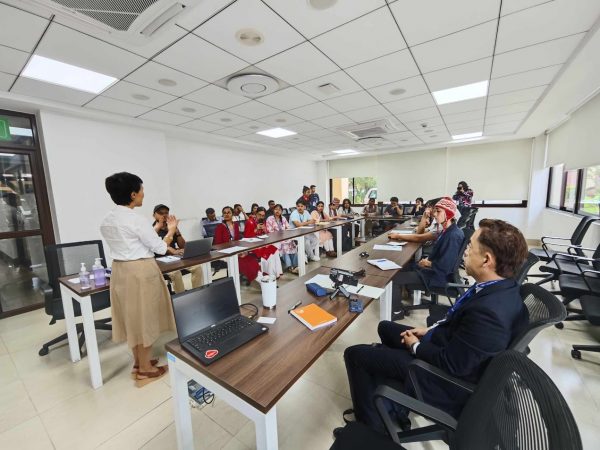
As I conducted more projects, I began to systematically observe the learning processes occurring in these multicultural encounters. Eventually, I developed a distinctive and empirically grounded educational methodology centered on “self-reflection activated through intercultural encounters.” This approach encourages students to critically examine their own values, assumptions, and identity constructs through sustained, meaningful interaction with culturally diverse peers. It follows a structured and intentional progression. The process is designed to cultivate intercultural competence and critical self-awareness through a blend of cultural humility, reflective inquiry, and collaborative learning. Through structured engagement and intentional reflection, students deepen their emotional and intellectual understanding, enabling them to internalize new perspectives and apply them with empathy and purpose. This process supports the development of empathy, global awareness, and the ability to think critically about one’s own values and assumptions. These pedagogical elements collectively function to foster metacognitive awareness, strengthen empathic capacities, and nurture a globally oriented mindset. Over time, this methodology has come to be recognized as a significant contribution to the practice and scholarship of intercultural education.
Over the years, I have accompanied and facilitated more than 40 multicultural collaborative learning programs in Nepal, Vietnam, and Bangladesh — with 25 of these conducted in Nepal alone. Each program, lasting 11 to 14 days, became a platform for direct observation and refinement of my educational approach. These deeply immersive experiences with hundreds of students allowed me to shape a practical and field-tested methodology. The sustained, hands-on nature of these projects demonstrated the powerful, transformative effects of grassroots intercultural engagement. Far beyond transferring knowledge, these programs nurtured empathy, mutual understanding, and a sense of shared global responsibility among participants.
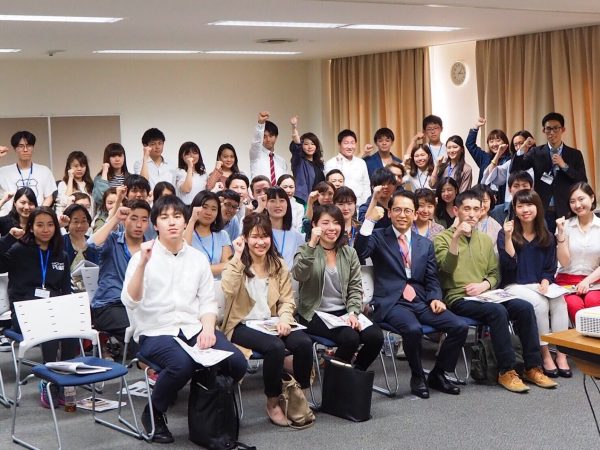
In conducting these projects, I have consistently emphasized the importance of the Sustainable Development Goals (SDGs) — particularly the principle of global partnership. The SDGs remind us that global challenges such as poverty and inequality are not confined to one country. They affect us all, and solutions require cross-border cooperation and shared commitment.
Take poverty, for instance. While often viewed as an issue for low-income countries, relative poverty is also a serious and growing concern in Japan. Similarly, in education, Japan may be regarded as an advanced nation, but it faces major challenges — especially in adapting to cultural diversity. Although Japan is often considered an economically advanced country and Nepal a developing one, when viewed through the lens of cultural sensitivity, the positions are reversed. Japan still has much to learn from Nepal in terms of empathy, inclusion, and flexibility in dealing with diversity.
By bringing together students from Japan and Nepal to examine each other’s societal issues, we enable them to reflect on their own countries from fresh perspectives. Through dialogue and collaboration, they learn to recognize shared challenges and explore diverse approaches to solving them. This is the spirit of SDG Goal 17: “Partnerships for the Goals.”
In 2015, when a major earthquake struck Nepal, I and my students immediately responded with support for the victims. This initiative gained attention from the Japanese media and helped raise awareness and interest in Nepal among a broader audience of students and educators. What began as a relief effort grew into a long-lasting project of multicultural learning called the Mero Sathi Project, which continues to this day as a symbol of mutual friendship and collaboration between Japan and Nepal.

In our programs, I have been particularly moved by how much Japanese people can learn from the people of Nepal. In a multicultural society like Nepal, people develop skills that are essential for peaceful coexistence: the ability to gently understand others’ feelings, the techniques to include “outsiders” within the “inside,” and the flexibility to accept ambiguity. These are areas where Japan often struggles, and I believe these are among Nepal’s greatest strengths.
It is still unfortunate that many people in Japan and across Asia only associate Nepal with Mount Everest or the Himalayas. Nepal has so much more to offer — and so much we can learn from. Through continued student exchanges and multicultural collaborative learning, I will continue to share with the world the beauty and wisdom of Nepal and its people.
As an educator and a practitioner of intercultural communication and collaboration, I believe that education must confront the real world, with all its messiness and contradictions. It must prepare young people not just to succeed in their careers, but to care, to act, and to share responsibility.
As Nepal continues to grow and Japan continues to change, I believe our two nations can walk forward together — not as donor and recipient, not as host and guest, but as equal partners in shaping a more inclusive and compassionate world.
I will continue to walk this path with my students, and with the people of Nepal, hand in hand.
Akinori Seki
Professor, Chairperson of International Exchange Committee, Tokyo Keizai University
President, AAEE Asia Association of Education and Exchange
Facebook Comment
latest Video
Trending News
- This Week
- This Month


